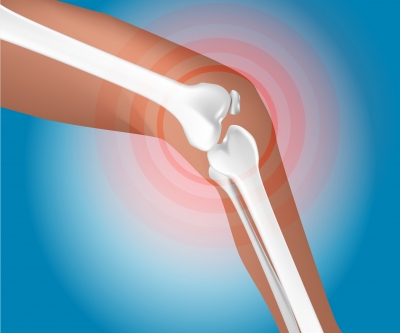Don’t use that leg extension machine in the gym
Written by: Paul Kochoa, PT, DPT, OCS, CKTP, CGFI
Some patients with knee pain ask me if they can go back to the gym and work out. I say, “Sure, but stay away from that knee extension machine.” This machine is found in virtually every gym. It has a weight stack or a bar to add weight, and you sit in it with a pad across the front of your shins or ankles, and you straighten your knees against the resistance. It works the muscles in the front of the thighs, the quadriceps, and you certainly feel it working, but it’s not the best machine if you want to save your knee joints.
There’s many exercises that you can do in the gym that make you “feel the burn” in the target muscle, but sometimes you have to be careful to protect yourself and your joints. Let’s talk a little about physics here, not too much, but just a little to illustrate what’s going on here and why the knee extension machine is bad for you.
Looking at the machine itself, you have one pivot point or axis which aligns with your knee, around which you move and extend the knee. The point of force is at the ankle or shin, pretty far away from the axis of movement. This creates what’s called a “lever arm”. Since the lever arm is long, this increases the compressive force on the knee joint, specifically the kneecap. Another force that can occur at certain angles in this machine is a sheer force, which can put a lot of pressure on the ligaments of the knee. If you’re a person that already has knee pain or had knee surgery, you can put too much pressure on that joint and really create a world of hurt for yourself.
Another aspect is that this machine is not functional. It doesn’t mimic any movements that we may encounter in real life. It doesn’t challenge your balance, proprioception, coordination, or functional strength. When’s the last time you had to just extend your knee in a sitting position against resistance in your everyday life?
There’s better alternatives to this machine. Squats, lunges, and the leg press machine are other alternatives that can work your quadricep muscles, but doesn’t neglect the surrounding muscles, and they work in a functional pattern. The load or resistance is distributed throughout the foot, ankle, knee, and hip. This is the way we move in real life, why not train like it? See your physiotherapist for more “knee-saving” exercises.
If you would like more information, please call Professional Physical Therapy and Training at 973-270-7417. Our offices are located within the YMCA locations in Madison and Summit, NJ. You do not need to be a member of the YMCA to visit with us.
Image courtesy of scottchan / FreeDigitalPhotos.net